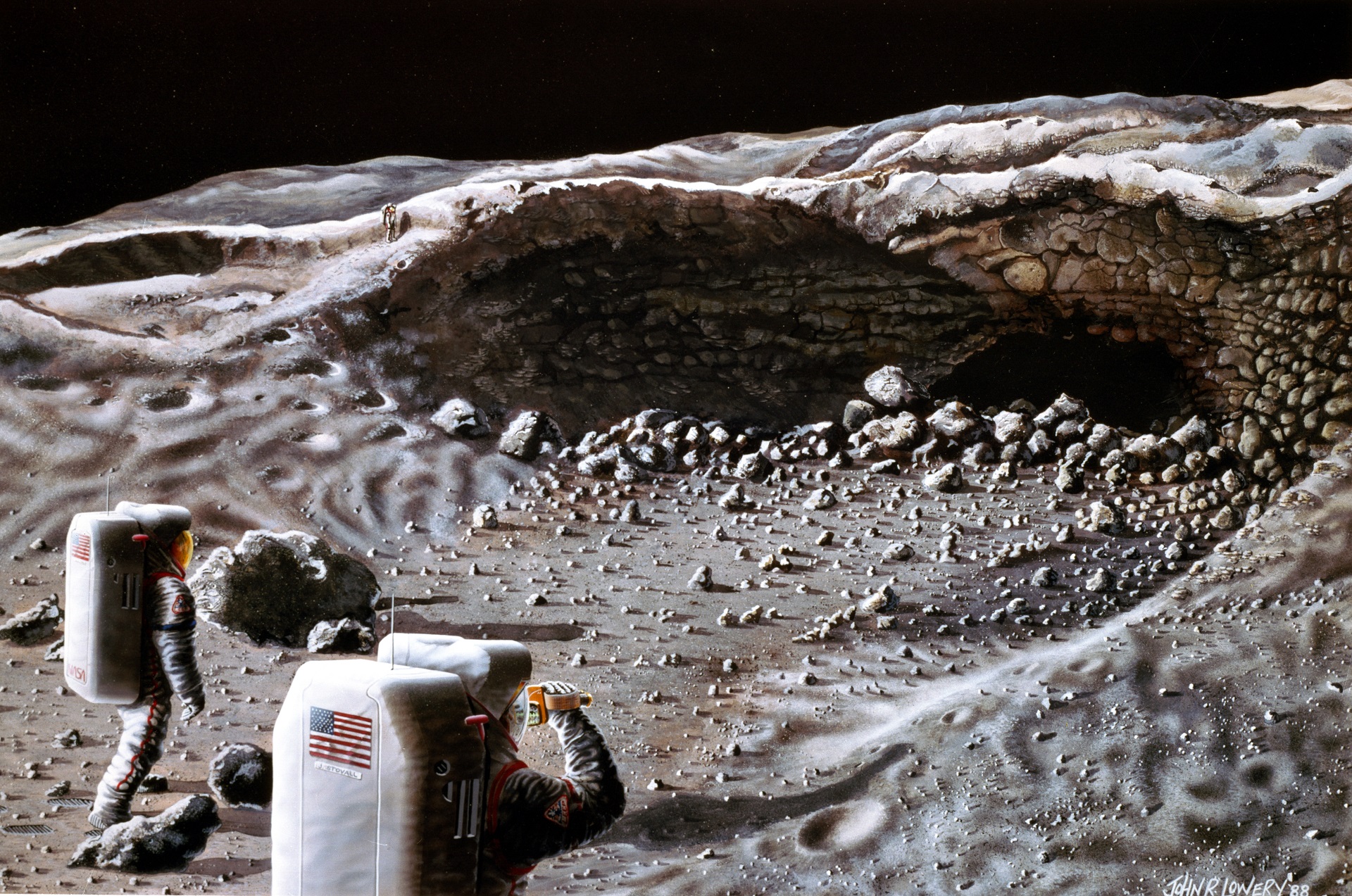Future Prospects for Lunar Cave Exploration: Nasa Moon Caves

Nasa moon caves – As humanity’s presence on the Moon expands, lunar cave exploration has emerged as a frontier of scientific inquiry and technological innovation. With their potential to harbor unique geological formations, water ice, and protected environments, lunar caves offer unprecedented opportunities for scientific discovery and future human habitation.
Upcoming NASA Missions
NASA’s Artemis program includes several missions dedicated to lunar cave exploration. The Artemis III mission, scheduled for 2025, will send astronauts to the Moon’s South Pole to conduct scientific experiments and scout for potential cave sites. The Artemis IV mission, planned for 2027, will include the deployment of a lunar lander specifically designed for cave exploration, enabling astronauts to venture deep into these subterranean environments.
Technological Advancements
Lunar cave exploration requires specialized technologies to overcome the challenges of extreme temperatures, darkness, and potential hazards. Advancements in robotics, autonomous navigation, and sensor technology are enabling the development of robotic explorers capable of mapping and exploring caves remotely. Additionally, innovative lighting systems and communication technologies are being developed to support human exploration and scientific research within caves.
Lunar Cave Base, Nasa moon caves
The establishment of a lunar cave base is a long-term goal for NASA. Such a base would provide a permanent platform for scientific research, resource extraction, and human habitation. The design and construction of a lunar cave base require careful planning and consideration of factors such as power generation, life support systems, and radiation protection. Potential sites for a lunar cave base include the Marius Hills region and the Schrödinger basin, which offer access to caves and other geological features of interest.
The moon’s surface is home to many caves that were created by lava flows billions of years ago. These caves could provide shelter for future astronauts and scientists who want to explore the moon for extended periods of time. However, there is one potential danger that could make these caves uninhabitable: colorado bird flu.
This virus is highly contagious and can be deadly to humans. If it were to spread to the moon, it could pose a serious threat to astronauts and their mission.
While the allure of NASA’s moon caves remains, the possibility of lunar exploration has gained renewed momentum thanks to the ambitions of Elon Musk. His SpaceX venture aims to land humans on the moon by 2024, reigniting interest in the potential scientific discoveries that await us in these enigmatic lunar caverns.